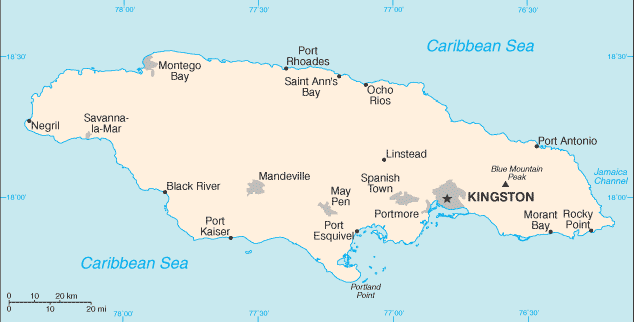Investing in Jamaica


The Jamaican economy is heavily dependent on services, which now account for more than 60% of GDP. The country continues to derive most of its foreign exchange from tourism, remittances, and bauxite/alumina. Remittances account for nearly 15% of GDP and exports of bauxite and alumina make up about 10%. The bauxite/alumina sector was most affected by the global downturn while the tourism industry was resilient, experiencing an increase of 4% in tourist arrivals. Tourism revenues account for roughly 10% of GDP, and both arrivals and revenues grew in 2010, up 4% and 6% respectively. The Economic growth faces many challenges: high crime and corruption, large-scale unemployment and underemployment, and a debt-to-GDP ratio of more than 120%. Jamaica's onerous public debt burden - the fourth highest in the world on a per capita basis - is the result of government bailouts to ailing sectors of the economy, most notably to the financial sector in the mid-to-late 1990s. In early 2010, the Jamaican government created the Jamaica Debt Exchange (JDX) in order to retire high-priced domestic bonds and significantly reduce annual debt servicing. The Government of Jamaica signed a $1.27 billion, 27-month Standby Agreement with the International Monetary Fund for balance of payment support in February 2010. Other multilaterals have also provided millions of dollars in loans and grants. Despite the improvement, debt servicing costs still hinder the government's ability to spend on infrastructure and social programs, particularly as job losses rise in a shrinking economy. The GOLDING administration faces the difficult prospect of having to achieve fiscal discipline in order to maintain debt payments, while simultaneously attacking a serious crime problem that is hampering economic growth. High unemployment exacerbates the crime problem, including gang violence that is fueled by the drug trade.
Bank of Jamaica - http://www.boj.org.jm/
Learn more:
Back to Country Investing



